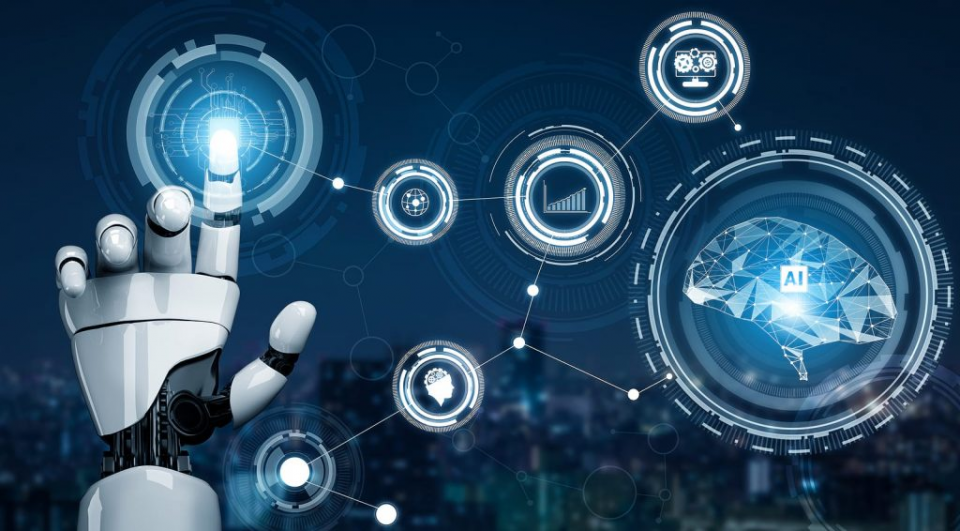How we reference technology is a question that’s been bugging us for as long as computers have been around. The earliest forms of referencing technology were probably not too different from how we reference music today. We used musical notes and harmonies to associate words with concepts and events. While that has changed a great deal, there’s still something to be said for being able to associate a word with an idea in a way that doesn’t require you to actually hear or see the object or source.
Digital technology allows us to do exactly that with amazing ease. Now, instead of having to compose new music or draw up a new diagram for an electronic device, we can simply use it to reference a previously created piece. In doing so, we not only get to share the piece with others but also make sure that they are able to appreciate its presence without having to actually understand the music or device in question. While this is perhaps a much subtler form of referencing technology than would be possible if we used a tape recorder or a computer, the ability to turn something into an icon makes it incredibly powerful as a communication tool.
Digital technology has even extended beyond the world of spoken language by allowing us to communicate through emails, instant messaging and texting. While there are many who decry this usage of technology, it has become so commonplace that many of us carry some form of technology around with us wherever we go. In fact, many people carry portable devices such as laptops or cell phones that contain the latest version of software. That means that we have access to not just the latest books, news and weather reports but also the most complex programs, such as Microsoft Office, Photoshop and PowerPoint.
As time passes, technology becomes more complex. The creation of new software and hardware products, such as digital cameras, cell phones and laptops, as well as high-tech audio and video equipment all requires the use of more advanced computer software. The result is that we have to learn newer technologies in order to be able to work with, create and maintain all of these technological marvels. As a result, how we reference technology continues to evolve as society learns to deal more effectively with these advanced systems.
How we reference technology – especially in its relationship to the Internet – continues to impact our lives in more ways than we realize. While it was once a relatively simple process to obtain information or send electronic mail, the rapid expansion of the Internet has made it necessary for us to learn and use newer systems. This is not only to get around quickly but also to be better prepared in the case of emergency situations. For example, the widespread outage last month of the Internet in most parts of the United States led to a rush for supplies of flash drives to save lives and provide electricity to businesses that depended on the Internet to conduct their operations.
How we reference technology plays a similar role in our everyday lives. When we download a new operating system to our computers or install a new program on our cell phones, we are re-relating technology to the computer in our minds. We are using it as a tool and a way to organize our lives, often without considering the fact that the computer came with its very own set of hardware and software to begin with! The Internet, however, cannot survive without its own hardware and software – and the Internet itself depends on the capacity of its servers.
The computer’s hardware is what holds it all together, and the history of technology traces its roots back to the earliest known computer, which was created by an American by the name of Ray Jardine back in the year 1960. In the years since, computers have become a part of our lives. Almost everyone owns a computer, and nearly everyone uses the Internet for shopping, socializing, checking accounts, banking and a variety of other functions. Without the development of the Internet, many of these tasks would not be possible.
The Internet, as well as its hardware, are nothing more than information that travels around the globe and is then stored on servers for the use of everyone who needs it. This information can include books, articles, movies, videos, web pages and millions of items. One of the primary purposes of the Internet is to facilitate communication between people who are using different parts of the world at the same time. Therefore, the Internet is not only a repository of information, but also a means of communication. It is no wonder that there are so many questions surrounding how we reference technology in this day and age!
Author Bio: Written by Meghan Hale, a content writer, and editing machine. She is working with PlantSumo. You’ll find me yelling at my dog to stop barking, whether it be at the neighbors or on a long afternoon walk
